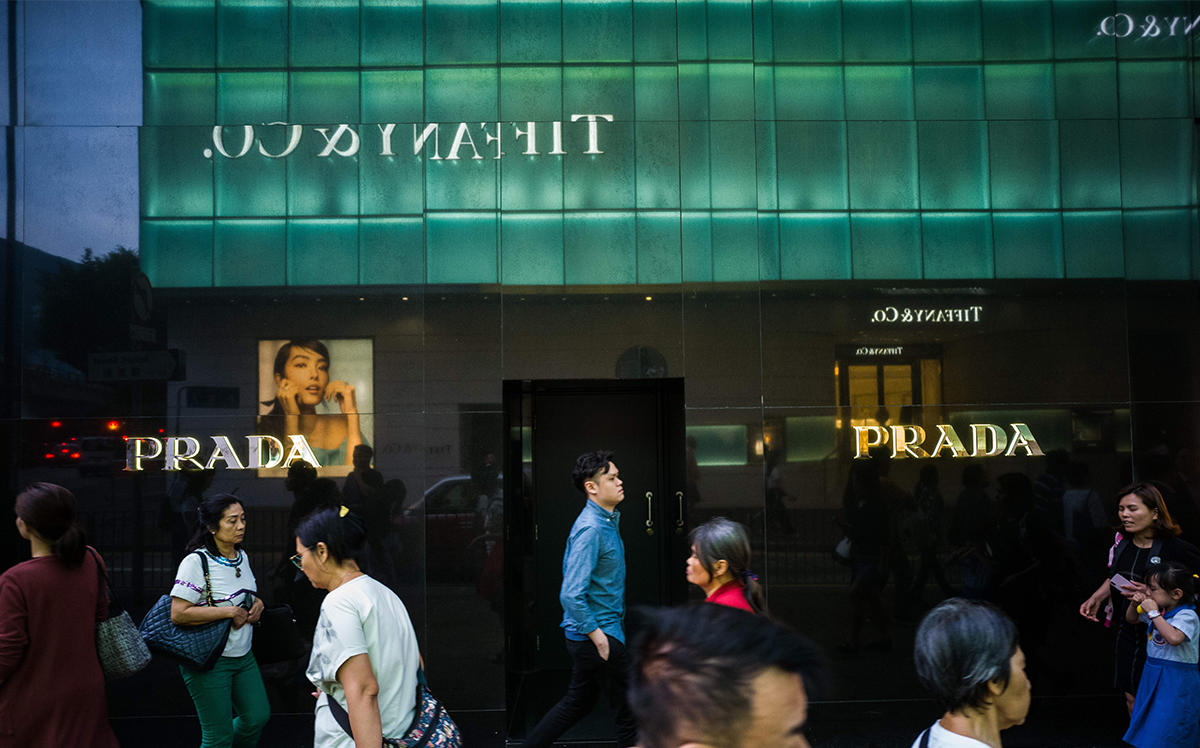Nearly a year of steady declines has brought rents on some of Hong Kong’s most desirable retail blocks to 12-year lows.
Average rents on Russell Street, once one of the most expensive retail stretches in the world, fell 27 percent year-over-year in the first quarter, according to the Wall Street Journal. Rents are at their lowest point since 2009 in the most desirable part of Tsim Sha Tsui. Causeway Bay rents are also down.
Rents on most of Hong Kong’s glitzy retail streets peaked in 2013 and fell steadily until they began to level out in late 2016. Rents started dropping again in early 2019 when anti-government protests took hold in the territory.
The coronavirus pandemic has greatly decreased travel to Hong Kong from mainland China and elsewhere, cutting off a crucial pipeline of wealthy individuals who frequent luxury-goods retailers in the city.
It appears that the trend could continue in the short term. Cushman & Wakefield’s Kevin Lam told the Journal that prime retail rents could fall as much as 20 percent in the second quarter.
Some luxury brands are downsizing their footprints in the territory. Valentino, Prada SpA and La Perla have all closed locations. So have Tiffany & Co. and Chloe.
Helen Mak, Knight Frank’s head of retail services in Hong Kong, said that mass-market retailers could move into the vacuum, “putting further pressure on prime-street rents.”
The downturn is putting the squeeze on landlords in those areas too. Wharf Real Estate Investment, Swire Properties and Link Real Estate Investment Trust have seen their shares fall between 17 percent and 31 percent this year. [WSJ] — Dennis Lynch
